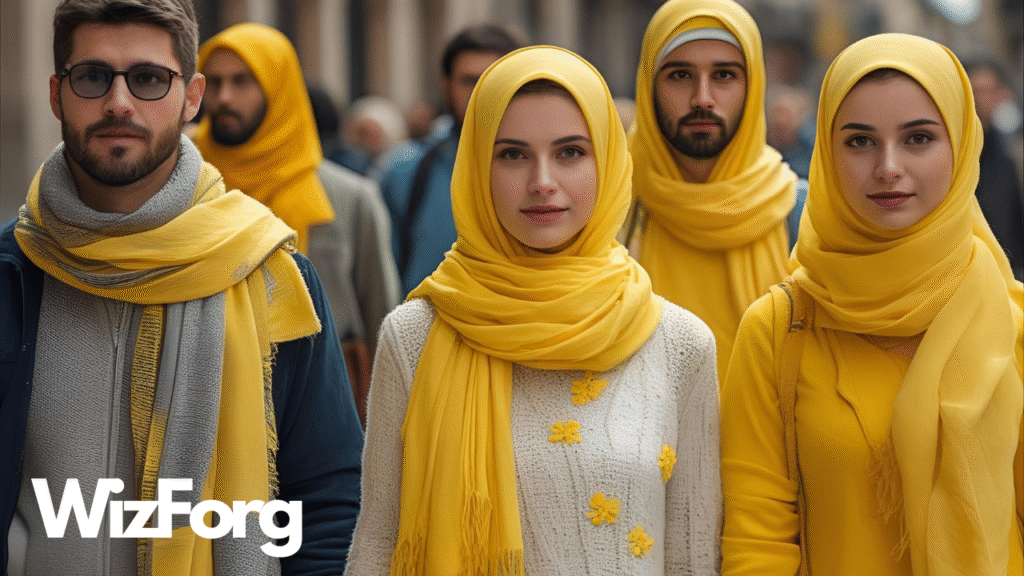Wearing yellow might seem harmless—even cheerful. However, in some parts of the world, this bright color carries significant political, cultural, or historical weight, making it anything but neutral. In fact, in certain countries, wearing yellow clothing has been banned or restricted under specific circumstances. Here’s why.
Yellow Isn’t Just a Color—It’s a Symbol
Across cultures, colors aren’t just aesthetic—they’re symbolic. Red can mean danger or revolution. White might signal purity or mourning. And yellow? It often represents royalty, protest, or religious identity, depending on the context.
That symbolism has led some governments to view yellow as more than just a fashion choice, especially when it becomes associated with dissent or unrest.
Case Study: Malaysia’s Yellow Protest Ban
One of the most well-known examples of yellow clothing being banned occurred in Malaysia. In 2011, the government outlawed the wearing of yellow T-shirts associated with Bersih, a movement demanding free and fair elections.
The word “Bersih” means “clean” in Malay. Protesters wore yellow to symbolize transparency and reform. But as the movement grew, so did government pushback. Authorities labeled the T-shirts a threat to national security. Anyone wearing the yellow shirts with political messaging could be arrested.
This ban wasn’t about fashion—it was about suppressing opposition and controlling symbolism.
Religious Restrictions and Color Codes
In some Middle Eastern and Central Asian cultures, yellow clothing has also sparked controversy, not because of protest, but due to its association with religious or ethnic identity.
For example, during different historical periods, Jewish communities in parts of the Islamic world were required to wear distinctive garments, often yellow, to distinguish themselves. These dress codes were used as forms of segregation and control. While not modern bans in the same sense, they show how yellow has long been loaded with meaning—and sometimes, oppression.
Color as Cultural Messaging
Even outside of formal bans, some countries discourage certain colors based on social or political cues.
In China, yellow once symbolized imperial power—it was reserved strictly for the emperor. Commoners caught wearing yellow during the imperial era could face punishment for impersonating royalty.
In Thailand, yellow is closely associated with the monarchy, particularly King Bhumibol Adulyadej, who was born on a Monday—a day traditionally linked with yellow in Thai culture. Wearing yellow in this context shows loyalty. However, under tense political climates, even something as simple as your shirt color can be interpreted as a political stance, for or against the monarchy.
When Color Becomes Controversial
So why would a government care what color you wear? Because clothing can convey a message, and in places where that message challenges authority, even a simple yellow T-shirt can become dangerous.
From protests to royalty, yellow isn’t just bright. It’s bold. And when that boldness threatens the status quo, governments respond.
Final Thoughts
Most of us don’t think twice before grabbing a yellow hoodie or dress. However, in certain places, wearing yellow can result in fines, arrest, or even accusations of sedition. That’s the strange reality where fashion and politics intersect.
Fascinated by unexpected global rules and symbols?
Head to Wizforg.com for more stories that decode the hidden meanings behind everyday choices. And don’t forget to subscribe to our YouTube channel for weekly cultural deep dives.
Would you like a meta description for this as well?



